Dark Eagle Hypersonic Missile Test Woes Caused By Launcher
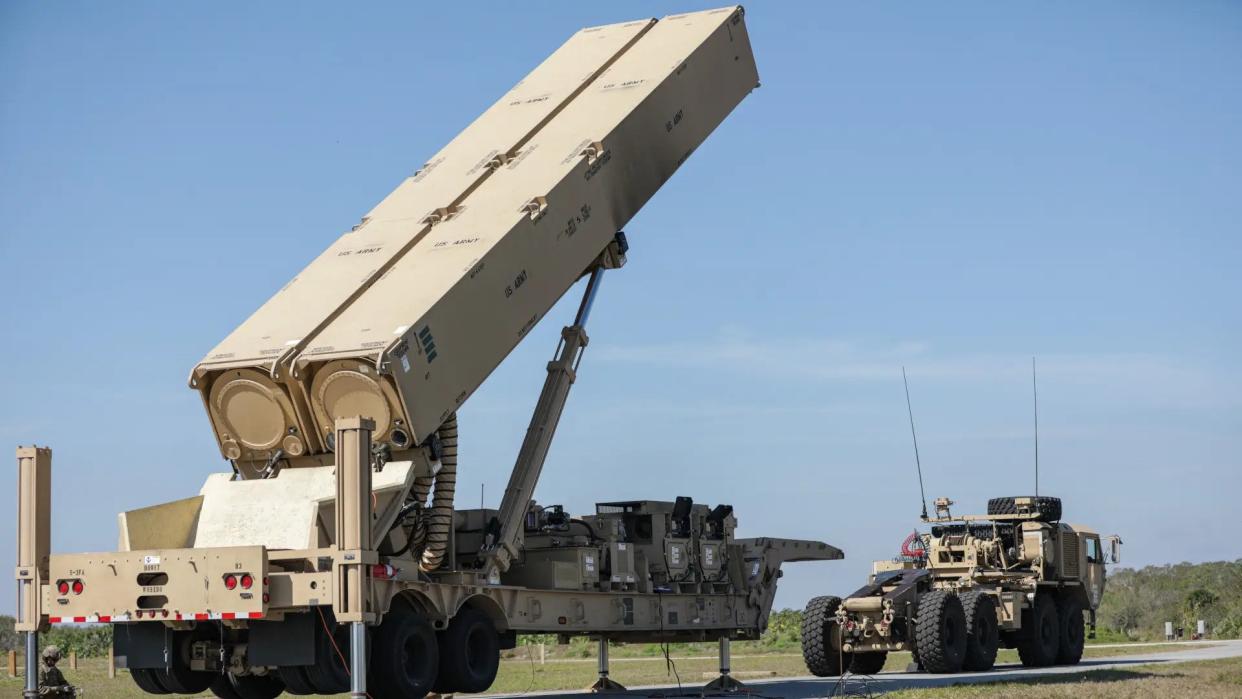
Problems with the launcher for the U.S. Army's Dark Eagle hypersonic missile are what have caused the scrapping of three live-fire tests of this weapon this year, according to the service's top procurement official. The hope is now that these issues can be fixed and the first operational examples of the Dark Eagle fielded within the next six months.
Doug Bush, Assistant Secretary of the Army for Acquisition, Logistics, and Technology, provided these new details about the issues facing Dark Eagle in an interview with Breaking Defense on the sidelines of the Reagan National Defense Forum this weekend. The Army has scrubbed three scheduled Dark Eagle test launches this year, one each in March, September, and October. The service has yet to conduct its first full-up live-fire test of this missile, though it has tested certain components thereof in previous live launches.
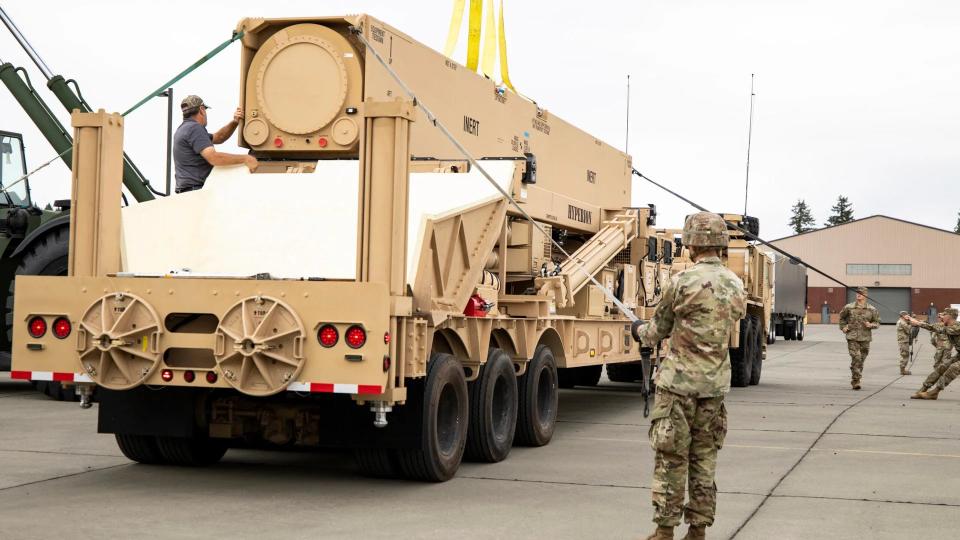
“It’s definitely a launcher problem,” Bush said, according to Breaking Defense. “There’s no new science, it’s just a mechanical engineering problem to make sure … that missile works with that launcher … because both were new and normally you don’t do it that way."
The launcher for Dark Eagle, also known as the Long Range Hypersonic Weapon (LRHW), consists of a modified Army standard M870 gooseneck trailer. The trailer can be loaded with up to two ready-to-fire Dark Eagles, each sealed in an individual launch canister, at a time. An 8x8 M983A4 tractor truck, a variant of the Heavy Expanded Mobility Tactical Truck (HEMTT) series, tows the launcher. Operational Dark Eagle firing batteries are also expected to include a mobile command post and other supporting vehicles.
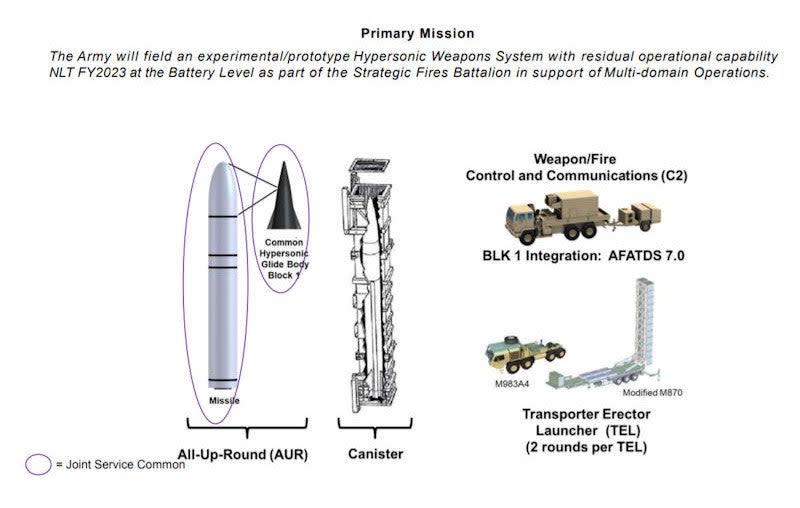
Assistant Secretary of the Army Bush did not elaborate on the specifics of the mechanical engineering issue with the launcher when speaking to Breaking Defense. However, his comments to the outlet contained more information than he was able to provide when asked about these problems during a media roundtable in November.
“I can’t go into details, but it was before launch when a problem was detected. So that’s why the test didn’t happen,” Bush said at that time, referring specifically to the decision to scrap the launch in October, according to DefenseScoop. “After you have a test failure, you know, you take the thing back, take it apart, and the members of the team work through with the engineers on what exactly the failure was. … I think we’re close to understanding what exactly the problem was, which will inform our path to getting back to testing."
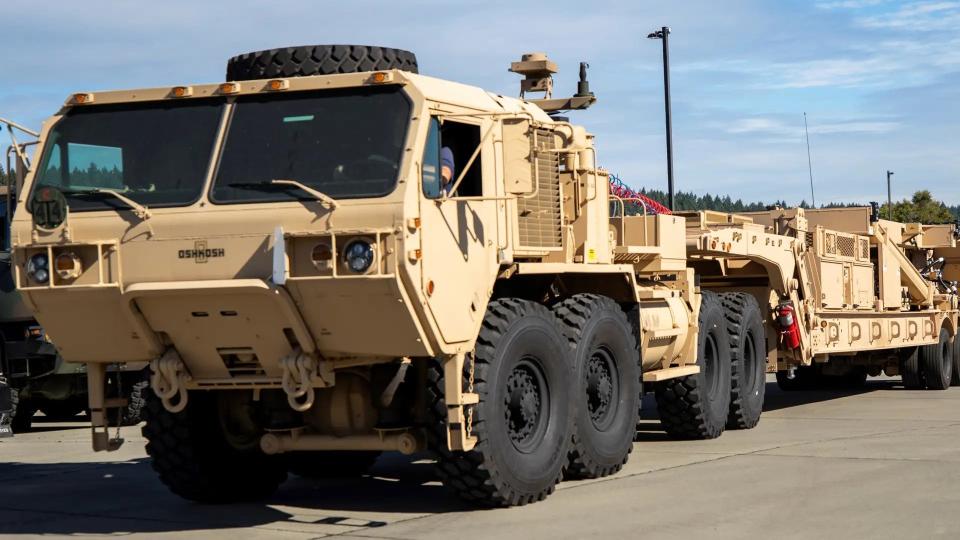
After each one of the aborted tests this year, the Army has released more or less the same statement.
"The flight test did not occur," Ellen Lovett, an Army spokesperson, told DefenseScoop after the October launch was scrubbed. "The Department was able to successfully collect data on the performance of the ground hardware and software that will inform the continued progress towards fielding offensive hypersonic weapons."
Dark Eagle's particular design consists of two central elements, a rocket booster and an unpowered hypersonic boost-glide vehicle on top. The rocket booster propels the hypersonic vehicle, which is conical in shape, to an optimal speed and altitude before releasing. After that, it glides down along a relatively shallow, atmospheric flight path at hypersonic speeds, which are defined as anything above Mach 5, to its target. The Army has said in the past that Dark Eagle's boost-glide vehicle will be able to reach a peak speed of Mach 17 and that the weapon will have a maximum range of 1,725 miles (2,775 kilometers).
Hypersonic boost-glide vehicles are designed to use a combination of extreme speed and a high degree of maneuverability, which allows them to move erratically as they careen toward their targets, to present significant challenges to defenders. Simply spotting and tracking these weapons, let alone attempting to intercept them, presents significant hurdles for an opponent. This all limits the time an enemy force has to react at all, including by trying to seek cover or relocate critical assets.
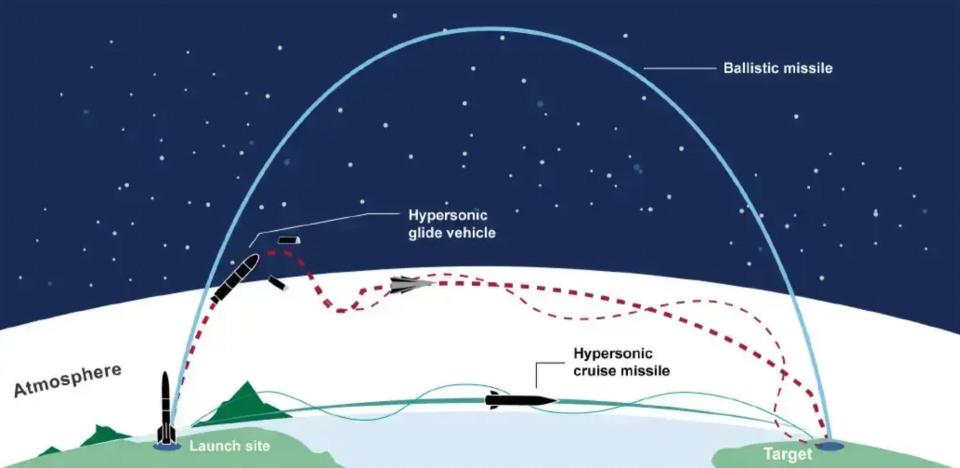
The Army has also been developing Dark Eagle in cooperation with the U.S. Navy, which plans to eventually arm its three USS Zumwalt class stealth destroyers (starting in 2025) and Block V Virginia class submarines (beginning in 2028) with these missiles. The Navy's version, known as the Intermediate-Range Conventional Prompt Strike (IRCPS) missile, is expected to differ from the Army's type only in the design of its launch canister.
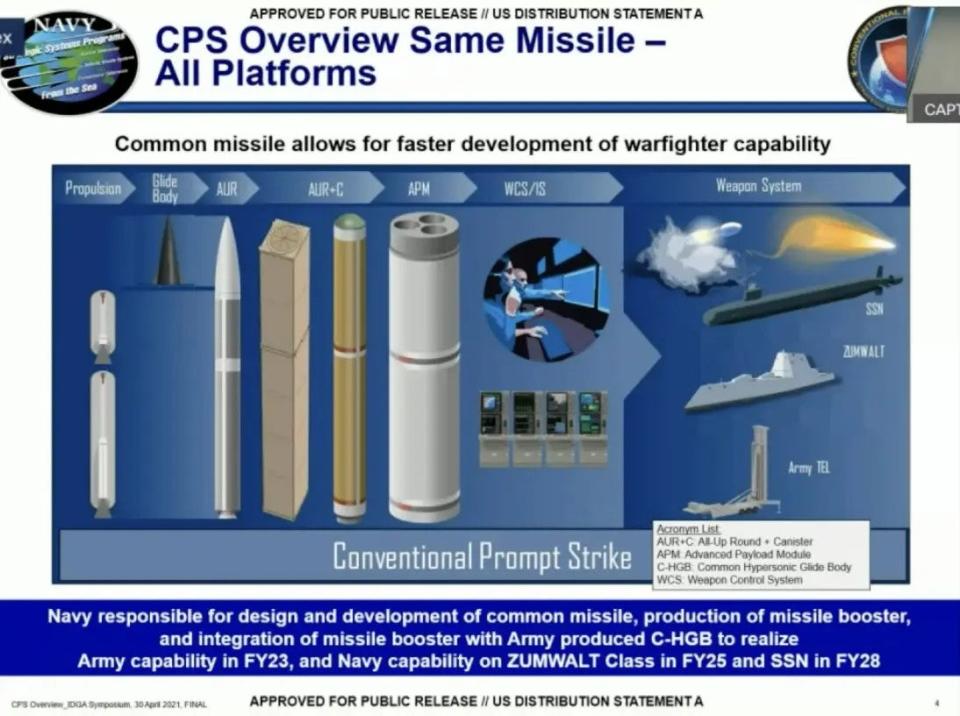
A Navy test of an IRCPS missile last year also "experienced an in-flight anomaly that prevented data collection for portions of the planned flight profile," but "the Navy... determined the cause [and] implemented corrective actions," according to the report from the Pentagon's Office of Test and Evaluation, or DOT&E. More specific details about this incident and what the cause was determined to have been have yet to emerge publicly.
Having now traced the Dark Eagle issues to the launcher, Assistant Secretary of the Army Bush said his service hopes to begin fielding the first of these weapons within the next six months, according to Breaking Defense. In November, Bush had conceded that the Army was unlikely to meet its most recent goal of starting to deploy these missiles before the end of the year. The plan had originally been for this process to start before the close of the 2023 Fiscal Year, which ended on September 30 of this year.
"At the same time, the capability is still absolutely needed," Bush had said at the November roundtable, according to DefenseScoop. "The Army is still fully committed to it [Dark Eagle]. I think we’ll figure it out."
Dark Eagle is one component of a broader Army effort to significantly expand its land-based long-range strike options. The service is also working to field a new traditional short-range ballistic missile, the Precision Strike Missile (PrSM), as well as a new ground-based launch system called Typhon that is capable of firing SM-6 multi-purpose missiles and Tomahawk cruise missiles.
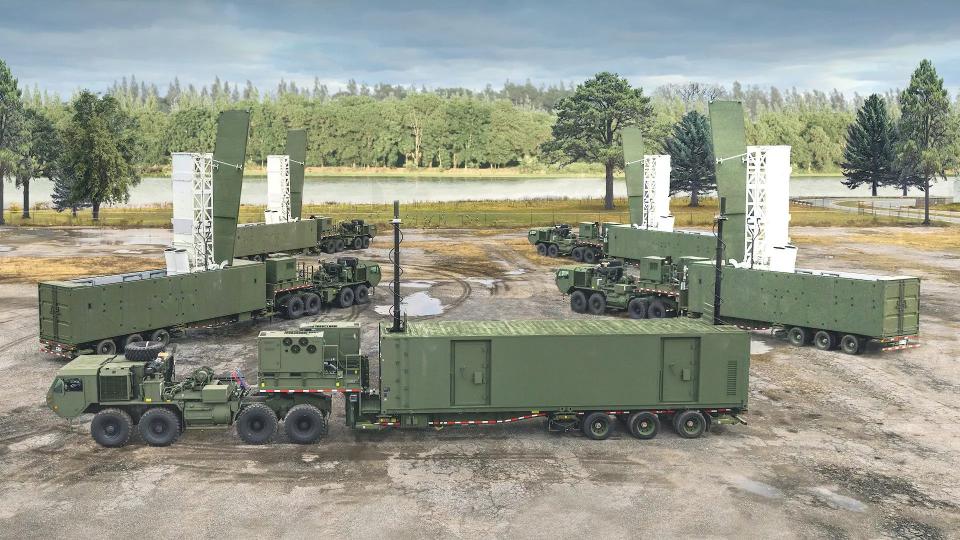
The U.S. Navy is pursuing a land-based SM-6/Tomhawk capability, as well, while the Marine Corps is in the process of acquiring its own ground-based launch system for Tomahawk. The Navy and the Air Force are also working on new air-launched hypersonic weapons.
The Army is expecting to start taking delivery of the first operational PrSMs soon. There are plans to deploy Typhon systems next year, as well.
“We have tested [Typhon] and we have a battery, or two of them today,” Army Gen. Charles Flynn, head of U.S. Army Pacific (USARPAC), said at the Halifax International Security Forum in November. “In ‘24, we intend to deploy that system in the region" but "I’m not going to say where and when."
There have been questions in the past about where Dark Eagle, Typhon, and other new land-based strike weapons might be fielded, especially in the Pacific as part of U.S. military efforts to challenge China. A number of countries in the region have said in the past that they are not interested in hosting these systems.
The U.S. military has seen issues in the development of other hypersonic weapons beyond Dark Eagle in recent years. The U.S. Air Force notably announced its decision to axe its air-launched AGM-183A Air-launched Rapid Response Weapon (ARRW) program earlier this year after a number of test failures, as well as successes. ARRW, which also carries an unpowered boost-glide vehicle, had looked set to become the first operational U.S. hypersonic weapon. The Air Force has now refocused its efforts on air-launched hypersonic cruise missiles.
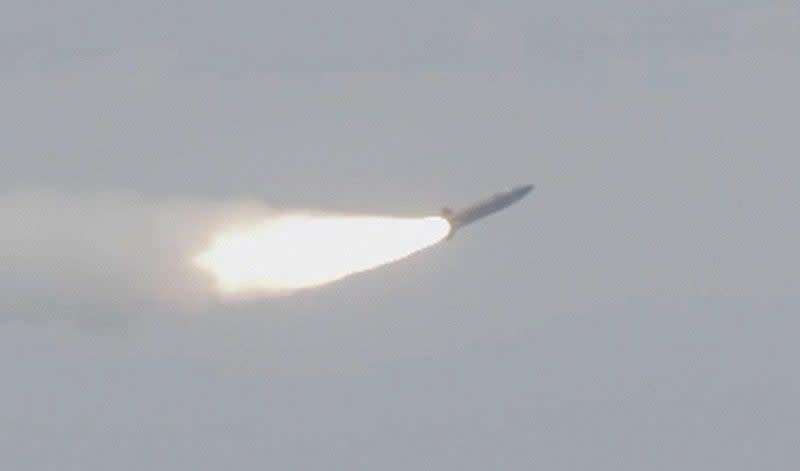
If the Army can keep to its latest schedule for Dark Eagle, it is possible that weapon could now become the first hypersonic weapon to enter U.S. military service.
Contact the author: joe@thedrive.com

